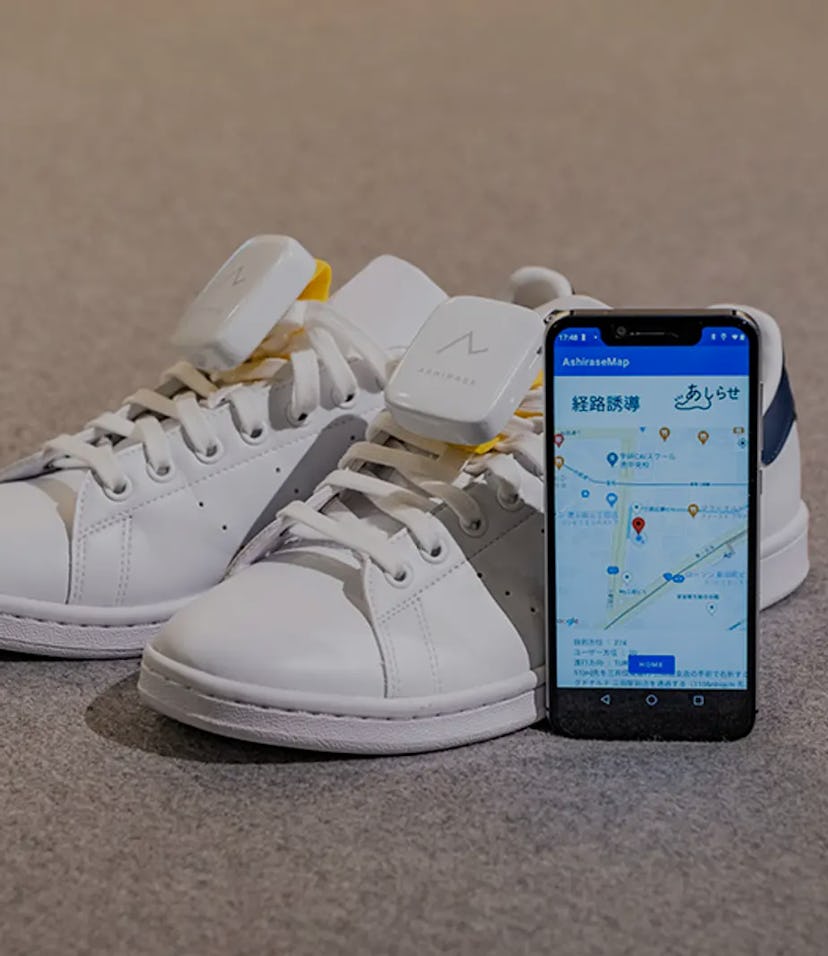Tech
Honda's accessible navigation device goes right in your shoe
By using three-dimensional vibrations, the in-shoe device helps those with visual impairment to navigate with their hands (and attention) free.

Most GPS devices — whether in your smartphone or your car — are made with the assumption that you can see to read them in mind. Honda’s new navigation device takes a different approach, with accessibility as its core feature and the assumption that you can't. Its solution? Putting a vibrator (no, not like that) in your shoe.
The in-shoe navigation device is being developed by Honda Japan, as a byproduct of the company’s startup accelerator program. The device fits snugly around your foot with a wraparound design meant to slip right inside your shoe.
It might go without saying, but this is unlike anything we’ve ever seen in the best way possible. The idea takes the entire concept of a navigational device and flips it on its head — or, erm, should we say on its feet?
Right now the foot-bound navigational aid is only in its prototype phase, and Ashirase, the startup established by Honda’s accelerator program, says it probably won’t be ready until March of 2023. We’re willing to wait for something with as much accessibility potential as this strange and wonderful new tech though.
Three-dimensional vibrations — The device works by linking up to a smartphone app and vibrating for each real-time navigational command. Ashirase says the device uses “three-dimensional” vibrations to achieve this, which in practice means there are multiple points of vibration on the device, each of which can ignite separately.
For example, when a user should continue straight, the front part of the foot will vibrate; the left or right side will vibrate as the user is approaching turns. It’s a much more intuitive system than most accessible GPS modalities, which typically require the user to pay close attention to audio instructions.
All-in on accessibility — Waturu Chino, representative director of Ashirase, said in a statement that an accident suffered by a family member motivated him to “take action to realize safer and more free mobility for visually impaired people.” He says Ashirase is prepared — and more than willing — to meet the challenges associated with bringing such a unique product to market.
Tech companies have, for the most part, gotten better at introducing accessibility features into their apps and products in recent years. For the most part, though, tech that centers accessibility in its design is still far too rare. And not for lack of an audience; Ashirase estinates that, by 2030, nearly two million people in Japan will be visually impaired.
So it’s refreshing to see a company going all-in on accessibility, especially with the power of a global conglomerate like Honda behind it. We’d expect to see far more programs like this as accessibility tech continues to receive more attention from mainstream companies.